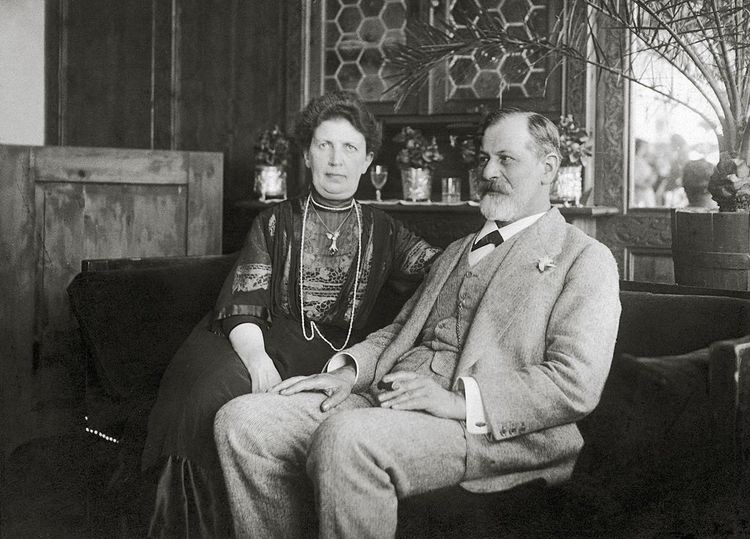Jan Bergstra & Laurens Buijs
Amsterdam Gender Theory Research Team
We want to try to see formal gender theory (FGT, see gender-theory.org/) as a modern basis for topics in theoretical sexology (see AGTRT-BF59). The primary issue here is not whether or not we support such an issue in terms of content. Our concern is with connections.
A central example is Freud’s psychology and psychiatry developed and put into practice in psychoanalysis. We come to the following observations, or perhaps better, to the following conjectures and assumptions:
- Freud relies on bodily gender, and this is in the manifestation of morphological gender (what we in AGTRT-BF38 call gender-1900).
- With Freud, sexuality plays a leading role. Looking at the volumes of the Journal of Psychoanalysis and its applications, sexuality is less central now than it was then.
- If in psychoanalysis it is seen as an important step forward that sexuality is shifting more into the background, then it is understandable that there is hesitation to re-import sexuality as a central category through the centralization of gender by the back door.
- There does not seem to be any interaction between the gender theory of the last 30 years and the theory of (and around) psychoanalysis. In other words, modern gender theory has put psychoanalysis on the defensive.
- Viewing physical gender from more modern conceptions of biological gender plays no role with Freud. And no wonder: the convincing emergence of notions of biological gender as the dominant definition of bodily gender is post-1960, after all.
- Freud is more concerned with variations in sexual orientation than with variations and exceptions concerning gender classification. For example, bisexuality plays a much more prominent role with Freud than the intersex condition. We can say that Freud takes binary morphological gender as a starting point.
- Freud was not concerned with gender identity because by Freud the concept of gender was not problematized. But anno today there is every reason to problematize the concept of gender, even for Freud’s successors: Jung and Lacan.
- One would expect that gender identity is precisely a topic of great interest to psychoanalysts. For example, if in certain cases there can be “psychoanalytic social engineering” of gender identity, as Jordan Peterson, for example, has repeatedly pointed out, then this is of great importance in the extent to which one employs medical interventions in the resolution of gender dysphoria.
- Given the central role of gender identity in the current discussion of gender and the fact that little is still known about gender identity (see AGTRT-BF62), one would expect psychoanalysis to want to contribute to this very issue.
- The self-image of gender theory is: within science, within philosophy, preferably empirical, politically relevant. For psychoanalysis and its applications, the question of whether or not this field of work is within science or compatible with modern science is of less or even no importance. Psychoanalysis has a large culture of its own that on the face of it does not care much for psychology and psychiatry as fields of science, let alone gender theory and/or analytic philosophy.
The use of the terms man and woman could be modernized in psychoanalytic theory and practice by making a clear choice there of one of the ways in which the concept of gender can be handled. In doing so, attention to neutral gender is also important.
It is obvious, then, that psychoanalysis must deal with the consequences of the dynamics in the concept of bodily gender (see AGTRT-BF41 and AGTRT-BF42), and in particular the emergence of biological gender as the underlying meaning of bodily gender.

Leave a Reply